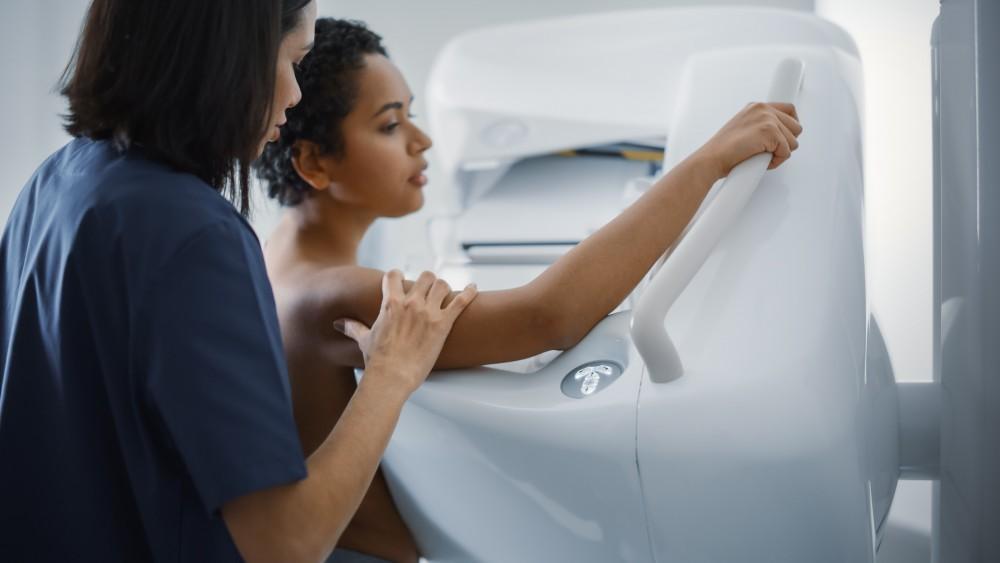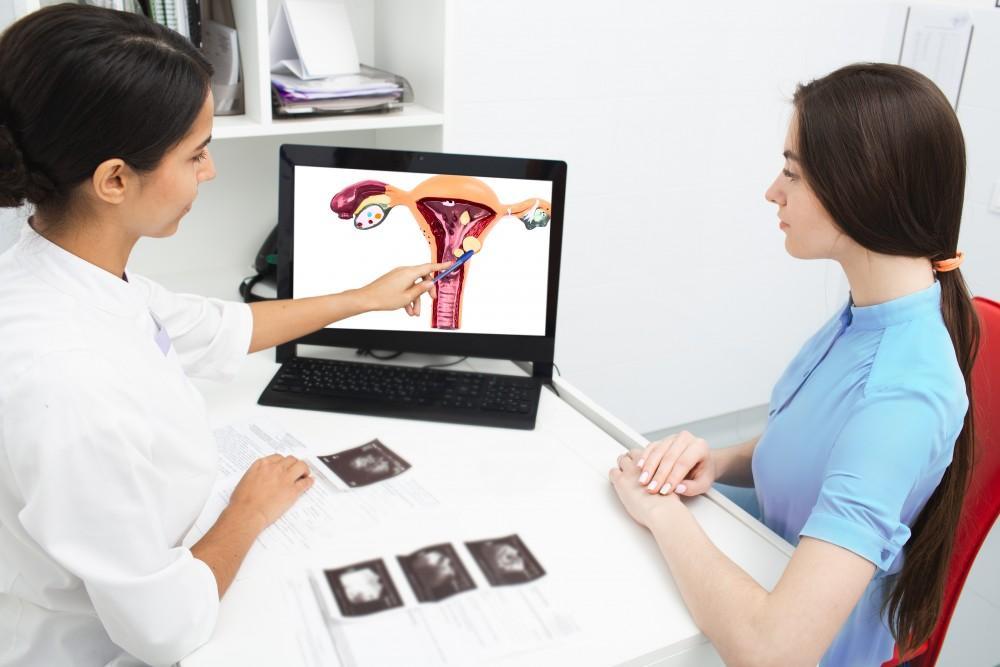
What to Expect From Your First 3D Mammogram
A mammogram is an X-ray of your breasts. It’s the best way to identify early...
Read MoreEveryone has BRCA1 and BRCA2 genes. These genes are located on chromosome 17, and they produce proteins that suppress abnormal cell and tumor growth. They play an important role in preventing cancer — but about 1 in 500 women has a mutation on one of these genes.
BRCA1 or BRCA2 gene mutation can interfere with your body’s ability to prevent abnormal cell growth, and it could significantly increase your risk of breast cancer and ovarian cancer.
If you have a family history of breast cancer or you know you have a BRCA1 or BRCA2 gene mutation, it’s important to take a proactive approach. Mammograms are breast X-rays, and they’re one of the best ways to detect cancer early, so you can start treatment sooner.
Our team at The Women’s Center offers breast cancer consultations and screenings, and we’re here to help you determine how often you need to schedule mammograms if you have a BRCA1 gene mutation.
You inherit your genes from your parents. If one or both of your parents passed down a mutation in the BRCA1 gene, your risk of breast and ovarian cancer could be higher than the average woman’s risk.
It’s important to note that not all BRCA1 gene mutations are equal. Some mutations are "pathogenic," meaning they’re more likely to cause cancer. For other mutations, the risk of cancer is unclear.
Unfortunately, women who carry a pathogenic mutation have a significantly increased risk of developing breast and ovarian cancer. About 50% of women with BRCA1 or BRCA2 gene mutations will get breast cancer by the time they turn 70 years old, compared with only 7% of the general population.
BRCA1 and BRCA2 mutations also increase your risk of getting breast cancer at a younger age and developing cancer in both breasts.
If you have a BRCA1 or BRCA2 mutation, you may need to start breast cancer screening at an earlier age and have more frequent screenings than the general population. Women of average risk generally get mammograms once a year beginning between the ages of 40-45.
The American Cancer Society recommends that women at high risk get a mammogram and breast MRI every year starting around age 30. You may start screenings earlier or later, depending on the type of gene mutation you have and your family history of breast cancer.
Our team typically recommends additional screenings, too, including clinical breast exams every 6-12 months beginning at age 25. We also educate you about the importance of monthly breast self-exams and teach you how to identify changes in your breasts on your own.
Your exact mammogram schedule depends on your unique health risks. We develop customized recommendations based on your personal history, family history, and the specific gene mutations you have.
Getting regular mammograms and screenings is the best way to protect yourself against breast cancer. If cancer develops, regular testing helps identify changes as early as possible. The earlier you start breast cancer treatment, the more effective it is.
In addition to regular screenings, you can take other steps to reduce your risk of developing breast cancer.
Certain lifestyle factors, like maintaining a healthy weight, engaging in regular physical activity, limiting alcohol consumption, and avoiding tobacco use, can all help reduce cancer risk. Certain medications, such as tamoxifen and raloxifene, may help reduce your risk of breast cancer.
Finally, some women with a BRCA1 or BRCA2 mutation choose to undergo prophylactic surgery, like mastectomy or oophorectomy (removal of the ovaries), to reduce their risk of developing breast and ovarian cancer.
A BRCA1 or BRCA2 gene mutation can have a significant impact on your health, and it’s important to get a personalized preventive care plan to lower your risk of cancer. Schedule an appointment at The Women’s Center to learn more. Call one of our Orlando, Florida, area offices or book online now.




A mammogram is an X-ray of your breasts. It’s the best way to identify early...
Read More
About 1 in 10 women has ovarian cysts. These small growths form on your ovaries,...
Read More
If you and your partner have decided you’re ready to start growing your family, you’re...
Read More